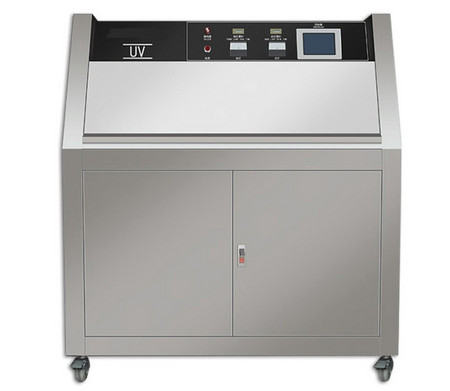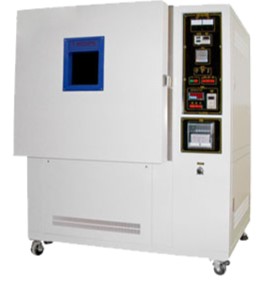
NewsInformation Center
How do you do an accelerated aging test?
2023/09/26
An accelerated aging test is a method used to simulate the effects of natural aging on a material or product in a shorter period of time. By subjecting the material to elevated levels of stressors such as heat, humidity, or light, the test can provide insights into the long-term durability, performance, and reliability of the product. The following is a general overview of how an accelerated aging test is conducted:
1. Test Objective and Planning:
- Define the specific objectives of the accelerated aging test, such as assessing the product's performance under extreme conditions or estimating its useful life.
- Identify the applicable standards or specifications that outline the test requirements and acceptance criteria.
- Determine the stressors to be applied during the test, which can include temperature, humidity, radiation, vibration, chemicals, or a combination of these factors.
2. Selection of Accelerated Aging Method:
- Different accelerated aging methods exist, and the choice depends on the type of material, product, and desired test duration. Common accelerated aging methods include temperature cycling, humidity exposure, thermal aging, and UV exposure.
- Refer to relevant industry standards or literature to identify recommended or commonly used accelerated aging methods.
3. Test Chamber and Equipment Setup:
- Depending on the selected accelerated aging method, set up the appropriate test chamber or equipment to create the desired environmental conditions. This may involve specialized test chambers, ovens, humidity chambers, or light exposure systems.
- Ensure that the test equipment is calibrated and capable of maintaining the desired stressor levels accurately and consistently throughout the test duration.
4. Sample Preparation:
- Prepare the test samples according to the defined specifications, including size, shape, and physical properties.
- If applicable, precondition the samples by subjecting them to specific environmental conditions or treatments before starting the test. This ensures that the samples are in a consistent state before the actual accelerated aging begins.
5. Test Parameter Selection:
- Determine the stressor levels, such as temperature, humidity, or light intensity, based on the chosen accelerated aging method and the objectives of the test.
- Set the exposure time or duration for each stressor, considering the desired acceleration factor. The acceleration factor represents the ratio of the test duration to the natural aging time.
6. Test Execution:
- Place the prepared samples in the test chamber or equipment, ensuring proper spacing and ventilation to allow for uniform exposure.
- Start the accelerated aging test by initiating the selected stressors according to the predefined parameters.
- Monitor the test conditions continuously, recording relevant data such as temperature, humidity, or other environmental factors at regular intervals.
- Periodically inspect the samples during the test to assess the physical changes, deterioration, or degradation that occur over time.
7. Test Evaluation and Data Analysis:
- After completing the desired test duration, remove the samples from the test chamber and allow them to stabilize under ambient conditions.
- Perform a comprehensive evaluation of the samples, including visual inspection, physical testing, and measurement of relevant properties and characteristics.
- Compare the test results against the acceptance criteria, industry standards, or the performance requirements.
- Analyze the data obtained from the test to draw conclusions about the material or product's durability, performance, aging characteristics, and potential weaknesses.
- Use the test results to guide design improvements, material selection, product development, or to estimate the product's service life.
8. Reporting and Documentation:
- Document all test procedures, parameters, observations, and results in a clear and organized manner.
- Prepare a detailed test report that includes information such as the objectives, testing conditions, sample preparation, test execution, observations, and conclusions.
- Include any relevant graphs, charts, or images to support the test findings.
- Ensure that the test report complies with any applicable regulations, standards, or quality management requirements.
It is important to note that conducting an accelerated aging test requires careful consideration of test parameters, validation of the selected methods, and compliance with relevant standards or industry best practices. Depending on the specific material or product being tested, specialized knowledge or expertise may be needed to ensure accurate and meaningful results. Therefore, it is recommended to consult with experts or testing laboratories with experience in accelerated aging testing to ensure the test is performed effectively and reliably.
Previous: What is the difference between ANSI 4 and ANSI 5?
N e x t : What is the ASTM standard for scratch resistance test?





